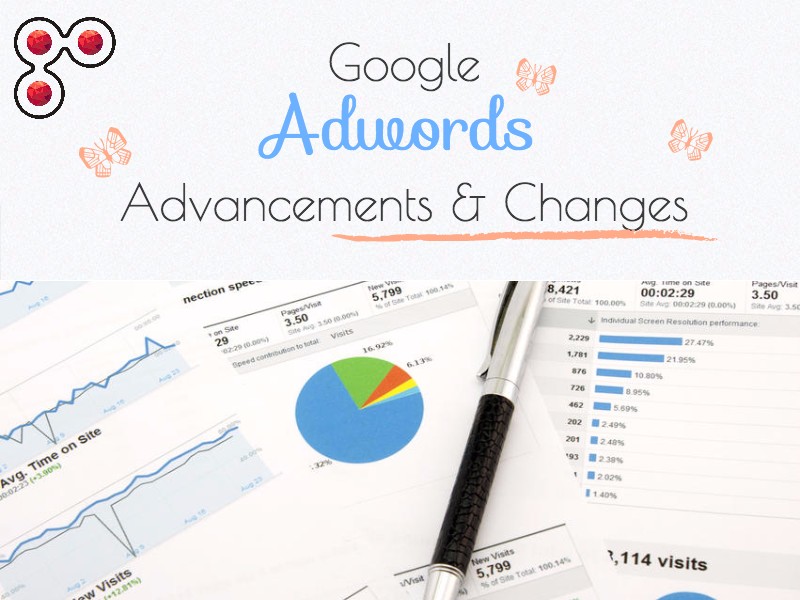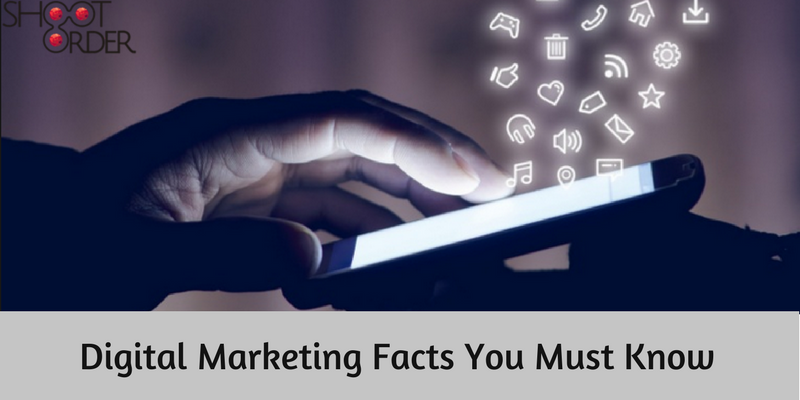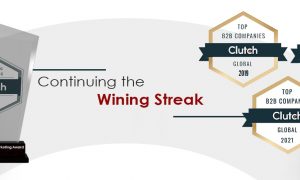Major Google Adwords Advancements and Changes in 2016
Needless to say Google AdWords is an online advertising service in which advertisers pay to display the advertising copy to web users based on the cookies and keywords predefined by the advertisers this is what everyone knows but with ever changing technology and advancements in Adwords itself it is vital that you keep up with them or lose money on your Ad campaigns. Advertisers pay when users click on the copy displayed to seek more information and the partner websites receive a portion of income that generates. Businesses that use AdWords can create relevant ads using keywords that people search on the Web using the Google search engine.
Different matching options are available when you are looking for the keywords to run latest Google AdWords campaigns.
Few of the keyword matching options are:
- Broad Match: When the keyword is searched in the search engine, this keyword reaches the most users by showing your ads.
- Phrase Match: Your ad is shown for searches that match the most relevant phrase.
- Exact Match: Your ad is shown for the searches that match the exact phrase.
- Negative Match: This option prevents showing your ad when a word or phrase you specify is searched for.
In other words latest Google AdWords can be defined as Pay-per-click (PPC). PPC is known as cost per click (CPC), it is an internet advertising model used to direct traffic to the websites, in which an advertiser pays to ad publisher when the ad is clicked.
Google AdWords enhancement – Enhanced cost-per-click (ECPC)
ECPC is a bidding feature that raises your bid for clicks which seem more likely to lead to a sale or a conversion on your website. Google AdWords enhancement helps in adding more value to your ad budgets.
If one or more advertisers are bidding on same keywords that google deems relevant to the search query then the auction is triggered. Hence, ECPC performs the similar job, a bidding feature that looks for ad auctions which are more likely to lead the sales for you and then raises the maximum CPC bid up to 30% to compete harder for those clicks.
ECPC checks for the traffic driving to your website with regular CPC bids and compares two sets of results. Thus, when you choose ECPC, you should see the conversion results which is better or at least the same as the results you get without ECPC.
Here are the simple steps to turn on ECPC from CPC:
Your campaign must have enabled the conversion tracking in order to use ECPC.
- Sign into your AdWords account.
- From your Campaigns tab, click the name of the campaign you want to work with.
- Click the Settings tab.
- Find the “Bid strategy” section. Click Edit, then click Change bid strategy.
- If you’re not yet using Manual CPC bidding for this campaign, choose Manual CPC bidding from the drop-down, and check the Enabled Enhanced CPC option.
- Check the Enable Enhanced CPC option.
- Click Save.
Google AdWords Advancement
New tools and features were introduced to Google AdWords to specifically address the consumer shift towards mobile. The changes and additions are announced at Google Performance Summit that includes expanded description lines, responsive display ads to fit on different devices and formats, customized bidding options and pilot features for Google Maps that lets advertisers introduce more information about their business. Most of the searches happen now on the mobile devices. It is also found that most of the web traffic drives from mobile devices.
- Expanded text ads for a mobile: Google removed right-hand side ads on desktop to improve consistency across devices along with that, Google has optimized its offerings around the screen sizes of the most popular smartphones. Later this year, AdWords character length could be from one 25-character header to two 30-character headers, this gives advertisers more room to explain their products and services before the consumer clicks on the link.
- Responsive display ads: Consumers engage the content from mobile sites, apps, and videos from mobile devices. Hence it is an on-going challenge for the marketers to create ads to fit across the device sizes and formats. Google’s new tool – responsive ads for display – are designed to develop ads to counter the diverse content, shapes, and sizes across websites and apps on the Google Display Network (GDN).
- Bid adjustments for device types: Previously, the process of setting and individual bid adjustments for each device type was more manual. Now, advertisers will have an option to “anchor” a base keyword bid to the device most valuable to a business and then set bid adjustments for each of the other devices.
- Connecting with mobile online and offline: The location-related mobile searches are growing 50% faster than other mobile searches. The platform discloses nearly one-third of all mobile searches carried on Google are today related to location.The search platform introduces new local search ads across Google.com and Google Maps to reach consumers as they search for physical business locations.



























